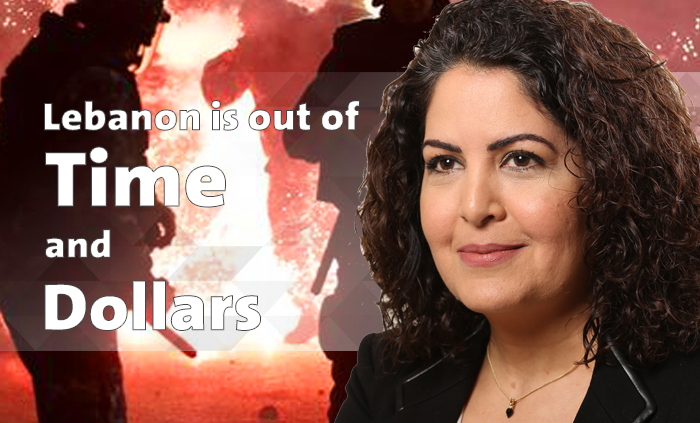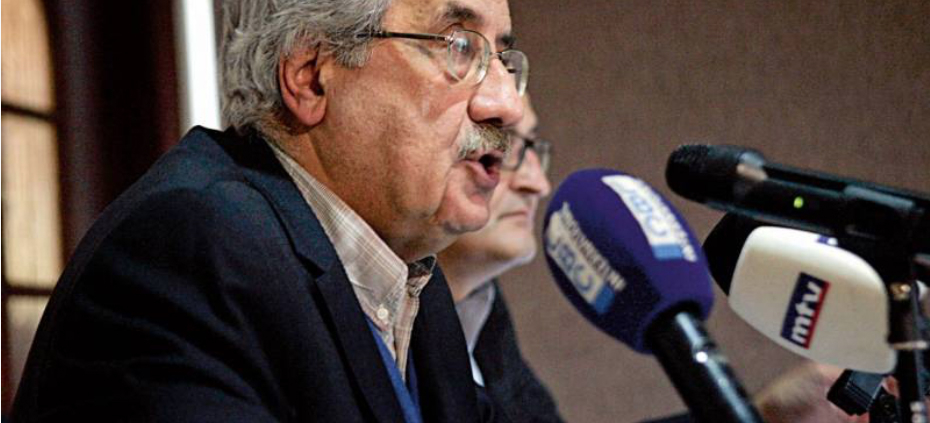Although eight months have passed since October 17, the Lebanese people still need to understand what has really happened. Many have lost their jobs and the Lebanese Pound has lost much of its value. But many, including the elites, are yet unaware that the six sectarian leaders who are now repositioning are responsible for what has happened. Grasping what’s happening takes time.
All of the above finally led citizens to take the streets in protest on October 17, 2019 as a reaction to express their refusal of what’s happening. This will be the topic of this discussion’s second and final part.
Our society is su ocating and we need to intervene collectively and immediately.
But the exodus also deprived the country of its most-qualified professionals, something Mr Nahas feared would happen again now as employment opportunities disappeared. “This would mean maybe for 40 [or] 50 years a dramatic change in the structure of the society,” said Mr Nahas. “This is much more severe and persistent than accounting losses.”
Catching up with him a year and a half later, he corrects me. His party Mouwatinoun wa Mouwatinat fi Dawla (Citizens in a State) aren’t waiting for Lebanon to collapse – they are expecting it.
He said “waiting” seemed passive.
“Only in moments of crisis, political or economic, can you change the power structure,” he told me during our meeting in Beirut in 2019.
I remember nodding politely, perhaps in my own naivety as a fresh journalist only in her first few months working in Beirut, with a shallow understanding of the depth of the country’s problems or the fragility of the political bedrock.










